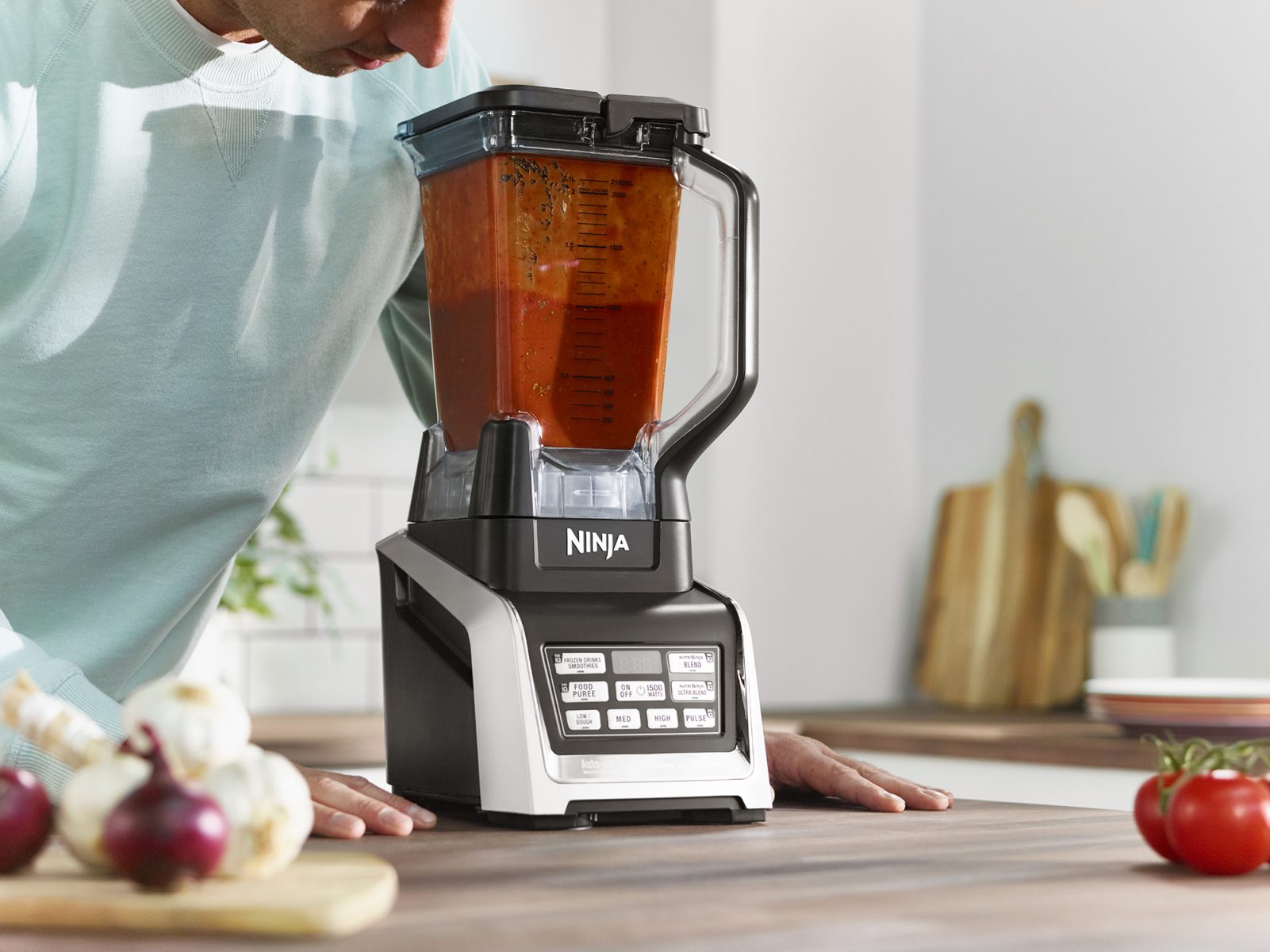

Articles
Why Is My Ninja Food Processor Not Working
Modified: August 17, 2024
Find helpful articles on why your Ninja Food Processor may not be working and get troubleshooting tips to fix the issue.
(Many of the links in this article redirect to a specific reviewed product. Your purchase of these products through affiliate links helps to generate commission for Storables.com, at no extra cost. Learn more)
Introduction
Having a reliable and efficient food processor, like the Ninja Food Processor, can be a game-changer in the kitchen. It can effortlessly chop vegetables, knead dough, and blend ingredients to perfection. However, like any electronic appliance, there may come a time when your Ninja Food Processor encounters some issues and stops working. Before you panic and consider replacing it, there are a few troubleshooting steps you can take to determine the cause of the problem and potentially fix it yourself.
In this article, we will explore the common reasons why your Ninja Food Processor may not be working and provide practical solutions to get it back up and running. From checking the power supply to inspecting the blades and cleaning the unit, we will guide you through the troubleshooting process step by step. So, let’s dive in and uncover the secrets to revive your Ninja Food Processor.
Key Takeaways:
- Troubleshooting your Ninja Food Processor can save you time and money by identifying and resolving common issues like power supply problems, blade maintenance, and safety feature checks.
- Regular cleaning and maintenance of your Ninja Food Processor can optimize its performance, prolong its lifespan, and ensure a hygienic food preparation environment.
Troubleshooting Steps
When your Ninja Food Processor is not working, it can be frustrating. But don’t worry, we have a list of troubleshooting steps to help you identify and resolve the issue. Follow these steps to get your food processor running smoothly again:
-
Check power supply
The first thing you should do is check if your food processor is properly plugged in and receiving power. Make sure the power cord is securely connected to both the food processor and the electrical outlet. If it is, try plugging in a different appliance to the same outlet to rule out any problems with the power source.
-
Inspect the blades
Next, inspect the blades of your Ninja Food Processor. Remove the blade assembly and check for any damage or obstructions. Sometimes, food debris can get stuck in the blade assembly, preventing it from spinning freely. Use a soft brush or cloth to clean the blades and remove any debris. If the blades are damaged, you may need to replace them.
-
Clean the food processor
A dirty food processor can affect its performance. Disassemble the parts of your Ninja Food Processor and clean them thoroughly with warm soapy water. Pay special attention to the areas where food particles tend to accumulate, such as the blades, the bowl, and the lid. Rinse each part well and allow them to dry completely before reassembling.
-
Read more: How To Clean Ninja Food Processor
Check the safety features
Many food processors are equipped with safety features that prevent them from operating if the parts are not correctly assembled. Double-check that all components are securely locked into place. Ensure that the bowl, lid, and pusher are correctly aligned and properly engaged with the safety mechanisms. If any of these components are not in their correct positions, the food processor may not start.
-
Examine the motor
If you have completed the previous steps and your Ninja Food Processor is still not working, it’s time to examine the motor. Check for any visible signs of damage, such as burnt wires or a burnt smell. If you notice any, it may indicate a serious electrical issue, and it is recommended to contact customer support or a professional technician for further assistance.
-
Look for any visible damage
Inspect the exterior of your food processor for any signs of physical damage. Check for cracks, dents, or loose parts. Sometimes, a small crack or loose connection can cause the food processor to malfunction. If you find any visible damage, it may require repair or replacement of the affected parts.
-
Reset the processor
If none of the above steps have resolved the issue, try resetting your Ninja Food Processor. To do this, unplug the unit from the power source and leave it unplugged for a few minutes. Then, plug it back in and try turning it on again. This can sometimes reset any internal settings or circuits that may be causing the problem.
By following these troubleshooting steps, you can potentially identify and resolve the issues that are causing your Ninja Food Processor to malfunction. However, if the problem persists or you are uncertain about performing any of the steps, it is best to contact the manufacturer’s customer support or consult a professional technician for assistance.
Read more: How To Use A Ninja Food Processor
Check power supply
One of the first steps to take when your Ninja Food Processor is not working is to check the power supply. Ensure that the unit is properly plugged into a functioning electrical outlet. Sometimes, the power cord may become loose or disconnected, resulting in a loss of power. Reconnect the power cord securely, making sure it is fully inserted into the food processor and the outlet.
If the power cord seems to be connected properly, but the food processor still doesn’t turn on, try plugging a different small appliance into the same outlet to verify if there is an issue with the power source. If the other appliance works, it indicates that the problem lies within the food processor itself.
Additionally, check if the power cord is damaged or frayed. If you notice any visible damage, it is important to replace the cord to prevent any potential hazards. Using a damaged power cord can lead to electrical malfunctions or even pose a safety risk.
Furthermore, make sure that the electrical outlet you are using is functional. Plug another device, such as a lamp or phone charger, into the outlet to test if it is working properly. If the outlet is not supplying power, you may need to reset the circuit breaker or contact an electrician to address any electrical issues.
In some cases, the food processor may have a built-in safety feature that prevents it from turning on if the lid or bowl is not properly installed. Ensure that all components, including the lid, bowl, and pusher, are correctly aligned and securely locked into place. Check if there are any obstructions or food debris preventing the proper engagement of these components.
By checking the power supply and ensuring that all components are properly connected, you can troubleshoot and potentially resolve power-related issues with your Ninja Food Processor. Remember to always prioritize safety and consult the manufacturer’s instructions or customer support if you are unsure about any steps or encounter persistent problems.
Inspect the blades
If your Ninja Food Processor is not working, the issue may lie with the blades. Over time, the blades can become dull, damaged, or clogged with food debris, which can hinder their ability to operate effectively. Inspecting the blades and taking appropriate measures can often resolve the problem.
Start by carefully removing the blade assembly from the food processor. Examine the blades for any signs of damage, such as chips, bends, or dullness. Damaged blades can impact the performance and functionality of the food processor. If you notice any damage, it is recommended to replace the blades. Contact the manufacturer’s customer support or check the product manual for guidance on obtaining a replacement blade assembly.
Cleaning the blades is also crucial for optimal performance. Food particles can accumulate on the blades, causing them to become inefficient or even seize up. Use warm soapy water and a brush or sponge to clean the blades thoroughly. Be cautious while cleaning to avoid any accidental cuts. Rinse the blades and allow them to dry completely before reassembling them into the food processor.
In addition to inspecting and cleaning the blades, it is vital to check for any obstructions within the blade assembly. Small pieces of food debris or other foreign objects can get lodged in the assembly, preventing the blades from spinning freely. Carefully remove any obstructions using a soft brush, toothpick, or small tweezers. Be gentle to avoid damaging the blades or the assembly.
Once you have inspected, cleaned, and cleared any obstructions, reassemble the blade assembly into the food processor, ensuring it is securely attached. Double-check that all parts are properly aligned and locked in place before attempting to turn on the appliance.
By inspecting and maintaining the blades of your Ninja Food Processor, you can optimize its performance and resolve issues related to chopping, slicing, and blending. Regularly cleaning the blades after each use and periodically checking for damage will help prolong the lifespan of your food processor and ensure it continues to function smoothly.
Clean the food processor
Cleaning your Ninja Food Processor regularly is not only important for hygiene but also crucial for maintaining its performance. A dirty food processor can accumulate food particles, oils, and residue over time, which can impact its functionality. If your food processor is not working properly, it’s essential to give it a thorough cleaning to ensure optimal performance.
Start by disassembling the food processor. Remove the bowl, lid, and any detachable parts and accessories. Read the user manual to understand which parts are dishwasher safe and which ones need to be hand washed. In most cases, the bowl, lid, and pusher are dishwasher safe, while the motor base and blades require hand washing.
For hand washing, use warm soapy water and a non-abrasive sponge or cloth to clean the parts. Pay specific attention to the areas where food particles tend to accumulate, such as the blade assembly, the inside of the bowl, and the lid seals. Use a brush or toothbrush to remove stubborn residue or debris.
Rinse all parts with clean water to remove any soap residue and ensure they’re thoroughly cleaned. Check for any remaining food particles or buildup and scrub as necessary. For the blade assembly, use extra caution and clean each blade individually, making sure to remove any debris that may be stuck between them.
Before reassembling the food processor, ensure that all parts are completely dry. Use a clean dish towel or air-dry the parts to avoid any moisture that may interfere with the unit’s performance. Be sure to let the parts dry in an area with good air circulation to prevent the growth of mold or mildew.
Once all the parts are dry, reassemble the food processor, making sure that everything fits snugly and securely. Ensure that the blade assembly is correctly aligned and locked into place. Depending on your specific model, you may need to twist or press parts to ensure they are properly engaged.
Cleaning your Ninja Food Processor regularly will not only help keep it in optimal working condition but also ensure that your food is prepared in a hygienic environment. By following these steps, you can remove any buildup and maintain the performance and longevity of your food processor.
Check the safety features
Ninja Food Processors are equipped with various safety features to prevent accidents and ensure proper operation. If your food processor is not working, it’s important to check these safety features to ensure they are functioning correctly. Here are the steps to follow:
-
Read more: How To Make Dough In Ninja Food Processor
Align and engage the components
Start by ensuring that all the components of your food processor are properly aligned and engaged. This includes the bowl, lid, and pusher. Make sure they are securely locked in place according to the manufacturer’s instructions. Some models have safety interlocks that prevent the unit from operating if these components are not properly aligned or engaged.
-
Check the lid and bowl sensors
Most food processors have sensors that detect whether the lid and bowl are properly in place. If these sensors are not activated, the food processor will not start. Inspect the lid and bowl to make sure that no debris or food particles are interfering with the sensors. Clean any buildup or residue that may be preventing the sensors from detecting the components correctly.
-
Examine the safety lock mechanisms
Ninja Food Processors often feature safety lock mechanisms that prevent the unit from starting if the parts are not securely locked in place. Check if the safety lock mechanisms are functioning correctly. Ensure that they engage and disengage smoothly as you attach and remove the components. If any of the lock mechanisms are loose or damaged, it may prevent the food processor from operating.
-
Inspect the safety switch
Some food processors have a safety switch that is activated when the bowl and lid are properly attached. This switch ensures that the food processor will only operate when it is in a closed and secure position. Carefully inspect the safety switch and ensure it is not damaged or obstructed in any way. If it is not functioning correctly, it may require replacing or repairing by a professional.
By checking the safety features of your Ninja Food Processor, you can ensure that it is operating under safe conditions. Properly aligning and engaging the components, checking lid and bowl sensors, inspecting safety lock mechanisms, and examining the safety switch will help identify any issues that may be preventing the food processor from functioning correctly. If you discover any damage or malfunctions, it is recommended to contact the manufacturer’s customer support for further guidance.
Read more: How To Use Ninja Blender As Food Processor
Examine the motor
If your Ninja Food Processor is still not working after checking the power supply and inspecting the blades, it’s time to examine the motor. The motor is the heart of the food processor and is responsible for powering the blades and controlling the appliance’s functions. Here are the steps to examine the motor:
-
Visual inspection
Start by visually inspecting the motor. Look for any signs of visible damage, such as burnt wires or a strange odor. If you notice any discoloration, melting, or burning, it can indicate a serious electrical issue. In this case, it is highly recommended to contact the manufacturer’s customer support or consult a professional technician for further assistance. Attempting to repair an electrical issue yourself can be dangerous.
-
Listen for unusual noises
Turn on the food processor and listen carefully for any unusual noises coming from the motor. A grinding, clicking, or whirring sound may indicate a mechanical problem within the motor. It could be caused by worn-out bearings, a loose connection, or other internal issues. If you suspect a mechanical problem, it is best to consult a professional technician who specializes in food processor repairs.
-
Overheating
Pay attention to the motor’s temperature while the food processor is in use. If the motor becomes excessively hot to the touch or if it shuts off unexpectedly due to overheating, it may indicate an issue with the motor or the motor’s ventilation system. Overheating can be caused by running the appliance for extended periods without giving it a break. In this case, let the motor cool down before attempting to use the food processor again. If the problem persists, consult the manufacturer’s customer support.
-
Read more: How To Chop Onions With Ninja Food Processor
Motor replacement
If the motor shows significant damage or if it is not functioning at all, it may require replacement. However, replacing the motor of a food processor is a complex task and should be done by a professional technician or the manufacturer’s authorized service center. Contact customer support for guidance on how to proceed with motor replacement or repair.
Remember, the motor of your Ninja Food Processor is a vital component, and any issues with it should be addressed promptly. Whether it’s visual inspection, listening for unusual noises, monitoring overheating, or seeking professional assistance, understanding the condition of the motor is crucial for resolving any problems with your food processor.
Look for any visible damage
If your Ninja Food Processor is not working properly, it’s essential to inspect the appliance for any visible damage that may be affecting its performance. Here are the steps to follow when looking for visible damage:
-
Exterior inspection
Start by examining the exterior of the food processor for any cracks, dents, or other visible damage. Even a small crack or dent can interfere with the food processor’s functionality. Pay close attention to the areas where the various parts and components are attached, as these areas are prone to damage. If you notice any exterior damage, it’s advisable to contact the manufacturer’s customer support for further guidance on how to proceed.
-
Inspection of buttons and knobs
Inspect the buttons and knobs on the food processor’s control panel. Check if they are intact, not sticking, and functioning properly. If any of the buttons are damaged or unresponsive, it can affect the appliance’s ability to start or operate different functions. In such cases, it may be necessary to replace the control panel or consult a professional technician for assistance.
-
Loose or dislodged parts
Sometimes, during regular use or transport, certain parts of the food processor can become loose or dislodged. Check if the various components, such as the bowl, lid, pusher, or blade assembly, are securely attached and properly aligned. If any of these parts are loose or not positioned correctly, it can prevent the food processor from functioning. Adjust and secure the parts as necessary.
It’s important to address any visible damage to your Ninja Food Processor promptly. Even minor damage can lead to further issues and potentially compromise the appliance’s performance and safety. If you encounter any visible damage that you are unsure how to fix or if the damage is significant, it is recommended to contact the manufacturer’s customer support or consult a professional technician for assistance.
Reset the processor
If your Ninja Food Processor is still not working after performing the previous troubleshooting steps, you can try resetting the appliance. Resetting the processor can help resolve minor technical glitches or issues with the internal settings. Here are the steps to reset your Ninja Food Processor:
-
Unplug the appliance
Start by unplugging the food processor from the power source. This will ensure complete disconnection from the electrical supply, allowing the internal components to reset.
-
Wait for a few minutes
Leave the food processor unplugged for a few minutes. This waiting period allows for the discharge of any residual electrical charges and helps reset the processor’s internal circuits and settings.
-
Plug it back in
After the waiting period, plug the food processor back into the power source. Ensure that the power cord is securely connected to both the food processor and the electrical outlet.
-
Test the processor
Try turning on the food processor to see if the reset has resolved the issue. If the processor starts working as expected, then the reset was successful. However, if the problem persists, it may require further investigation or professional assistance.
Resetting the processor can often help resolve minor issues and bring your Ninja Food Processor back to normal operation. It is a simple and quick step that is worth trying before seeking further solutions. However, if the problem persists even after resetting, it is recommended to contact the manufacturer’s customer support or consult a professional technician for further assistance.
Conclusion
When your Ninja Food Processor is not working, it can be frustrating, but before giving up on it, there are several troubleshooting steps you can take to resolve the issue. By following these steps, you can identify and potentially fix the problem on your own without the need for expensive repairs or replacements.
First, check the power supply to ensure that the food processor is properly plugged in and receiving power. Inspect the blades for any damage or obstructions, and clean them thoroughly to ensure optimal performance. Additionally, give the food processor a thorough cleaning to remove any food debris that may be hindering its functionality. Don’t forget to check the safety features, such as the alignment of the components, lid and bowl sensors, and safety lock mechanisms, as these can affect the operation of the food processor.
If the food processor is still not working, examine the motor for any visible damage or abnormal sounds. Inspect the exterior for cracks or loose parts, and ensure that all buttons and knobs are functioning properly. In some cases, resetting the processor by unplugging it and waiting for a few minutes can help resolve minor technical issues.
Through these troubleshooting steps, you can often revive your Ninja Food Processor and get it back to its optimal performance. However, it’s important to prioritize safety and consult the manufacturer’s instructions or customer support if you encounter any difficulties or unsure about the steps. They can provide you with further guidance or recommend professional assistance if needed.
Remember that regular maintenance, including proper cleaning and care, can significantly prolong the lifespan of your food processor. It’s recommended to refer to the manufacturer’s instructions for specific guidelines on cleaning and maintenance.
In conclusion, with a little patience and troubleshooting, you can get your Ninja Food Processor working again and continue enjoying its convenience and versatility in the kitchen. Happy cooking!
Now that you've got some solid tips for troubleshooting your current Ninja Food Processor, why not consider upgrading? Our latest review highlights top picks that stand out in terms of performance and innovation. Whether you're a culinary enthusiast or just love efficient kitchen gadgets, these models promise to impress. Don't miss out on finding your perfect kitchen companion in our detailed review.
Frequently Asked Questions about Why Is My Ninja Food Processor Not Working
Was this page helpful?
At Storables.com, we guarantee accurate and reliable information. Our content, validated by Expert Board Contributors, is crafted following stringent Editorial Policies. We're committed to providing you with well-researched, expert-backed insights for all your informational needs.
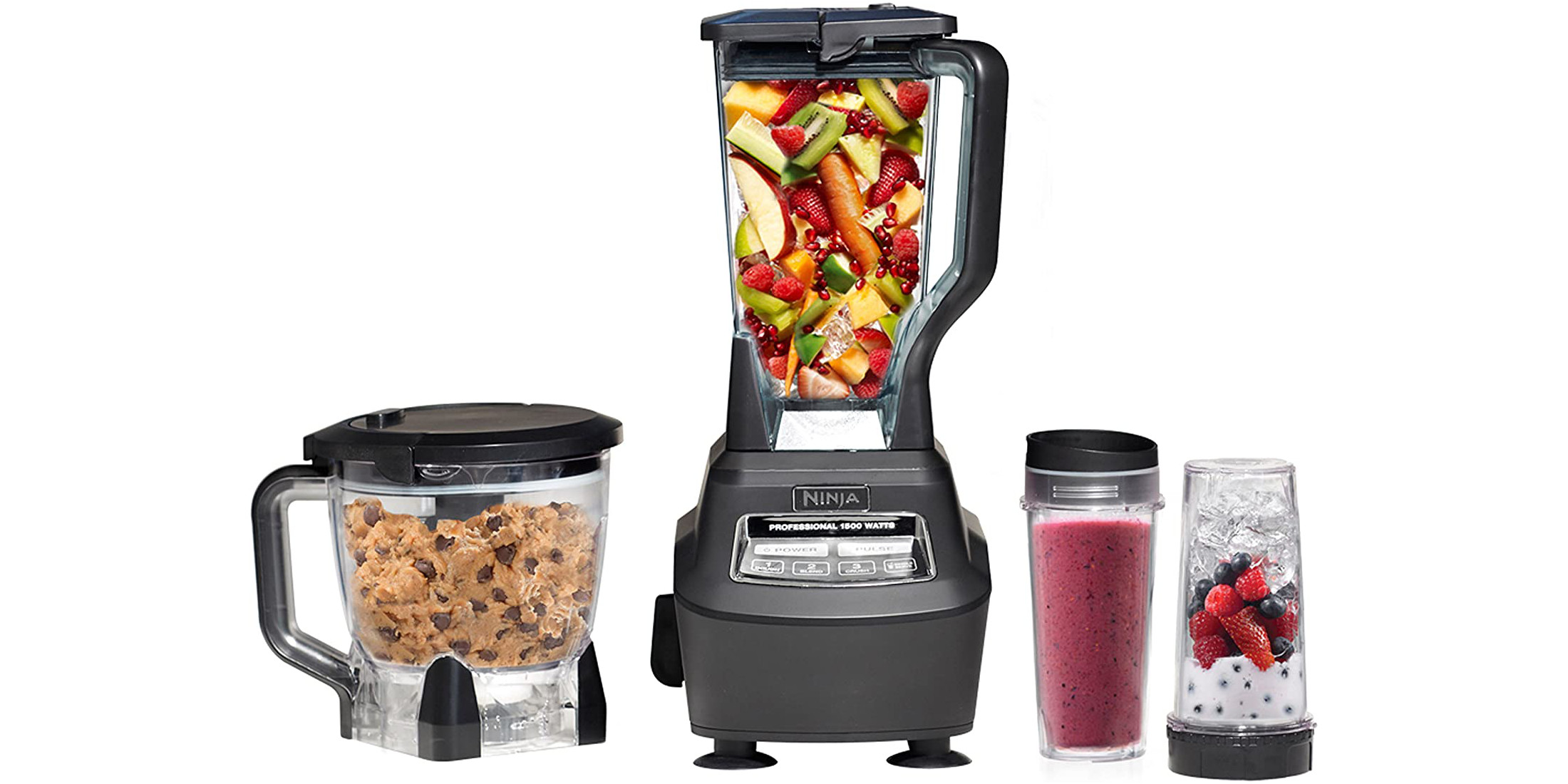
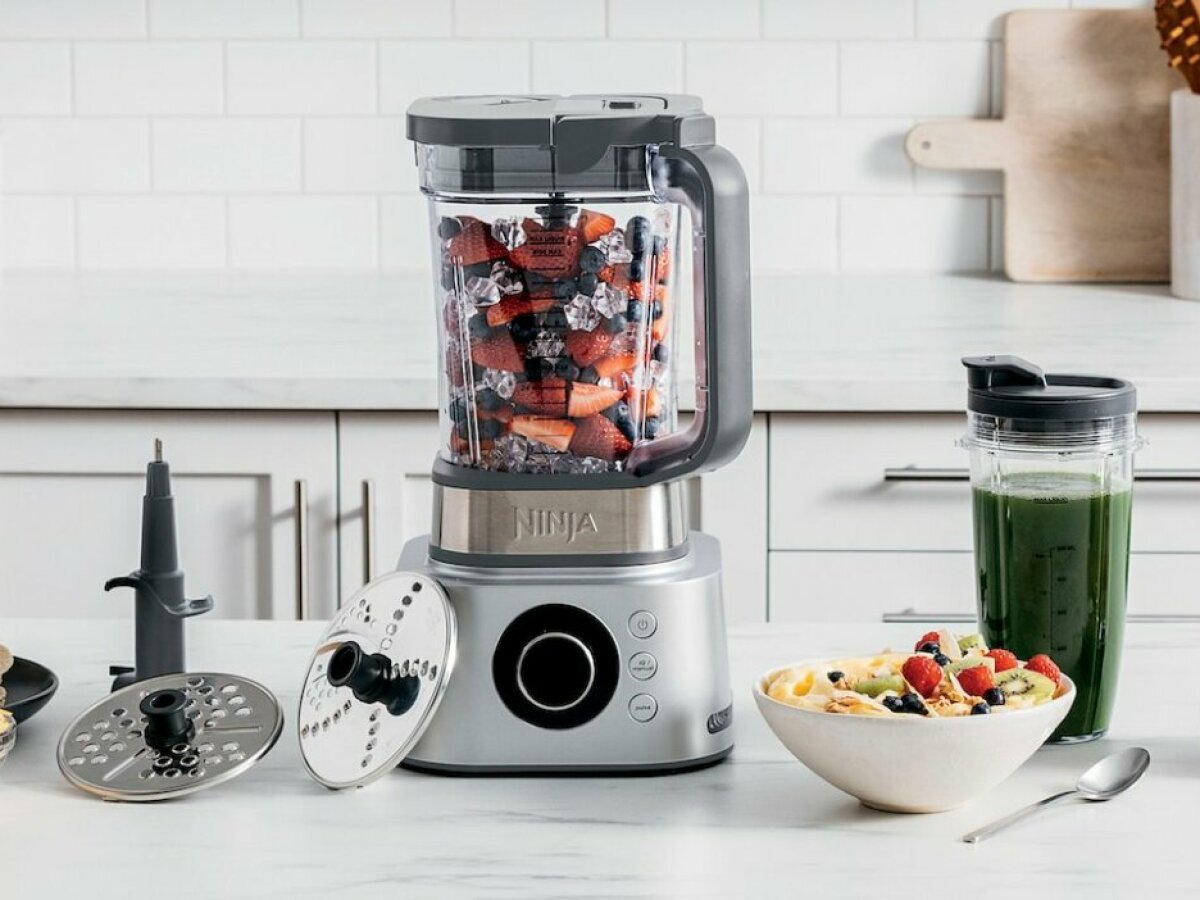

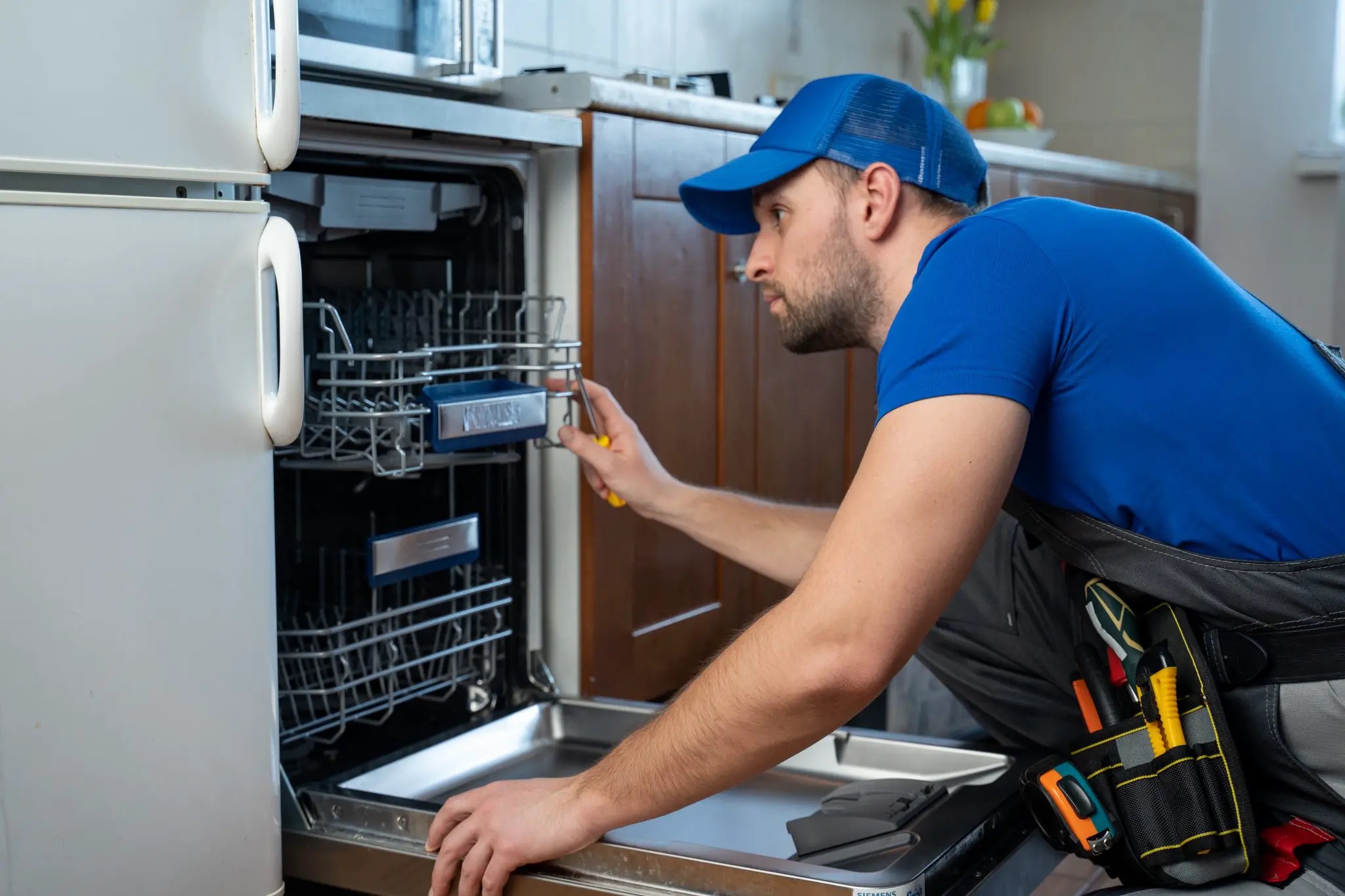
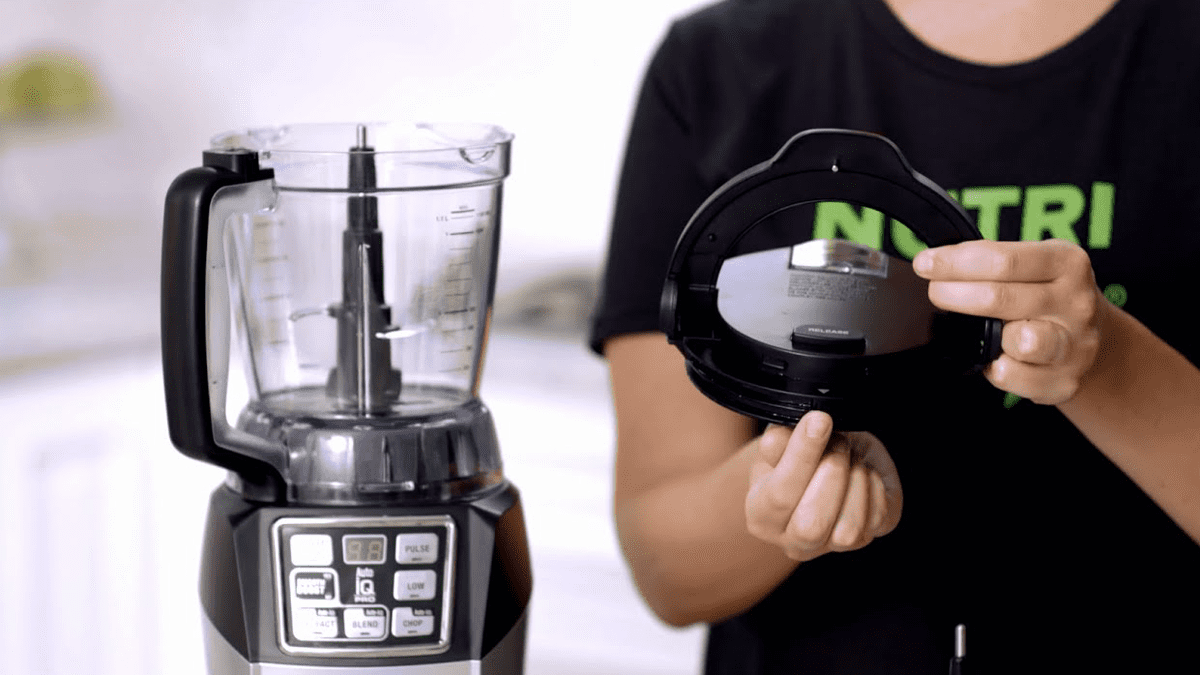
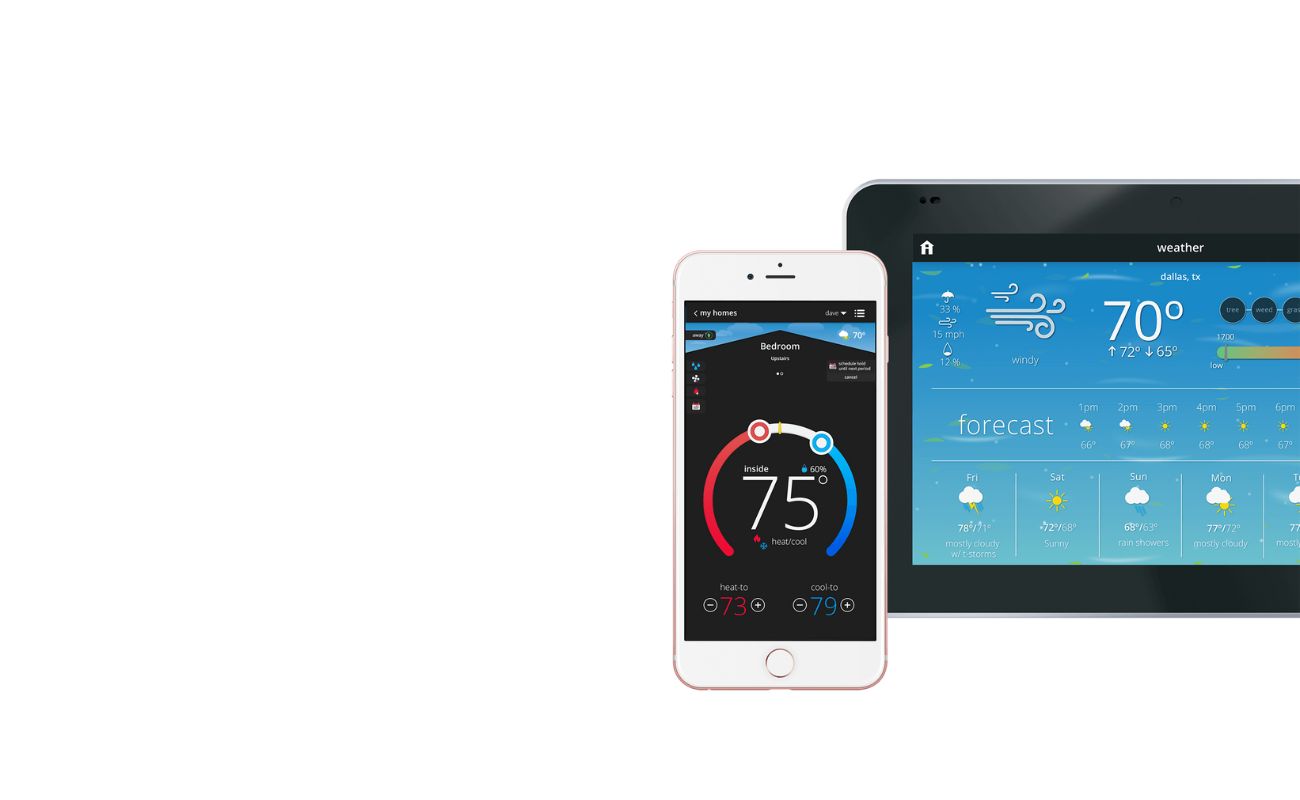
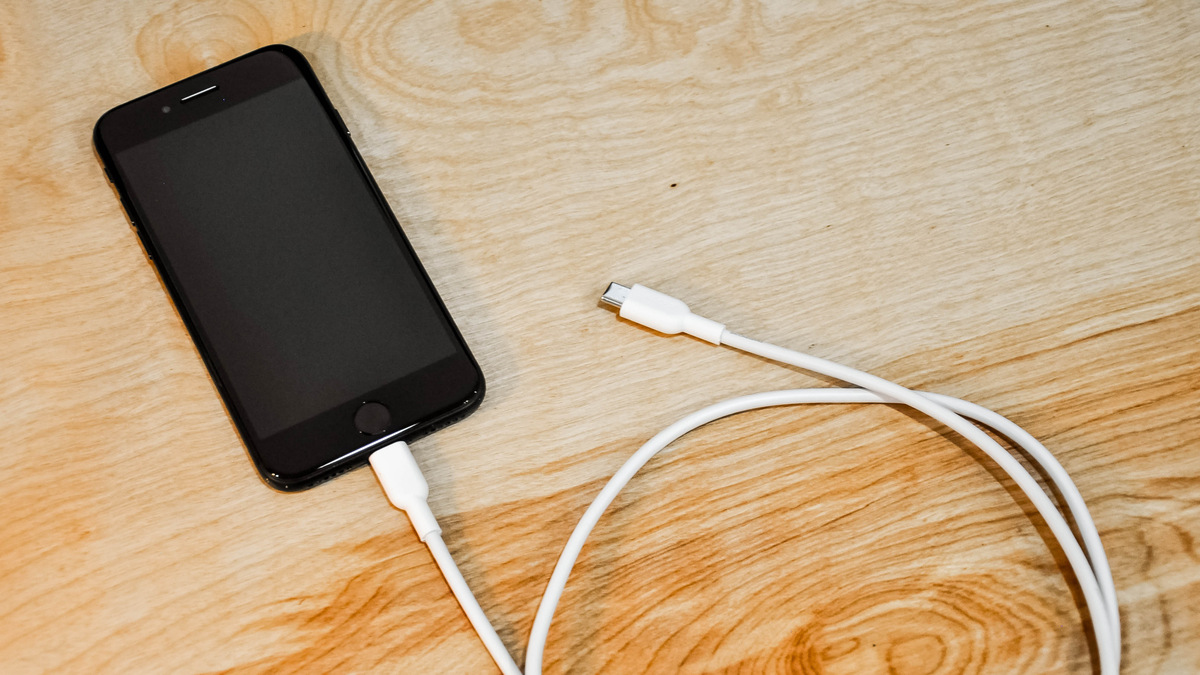
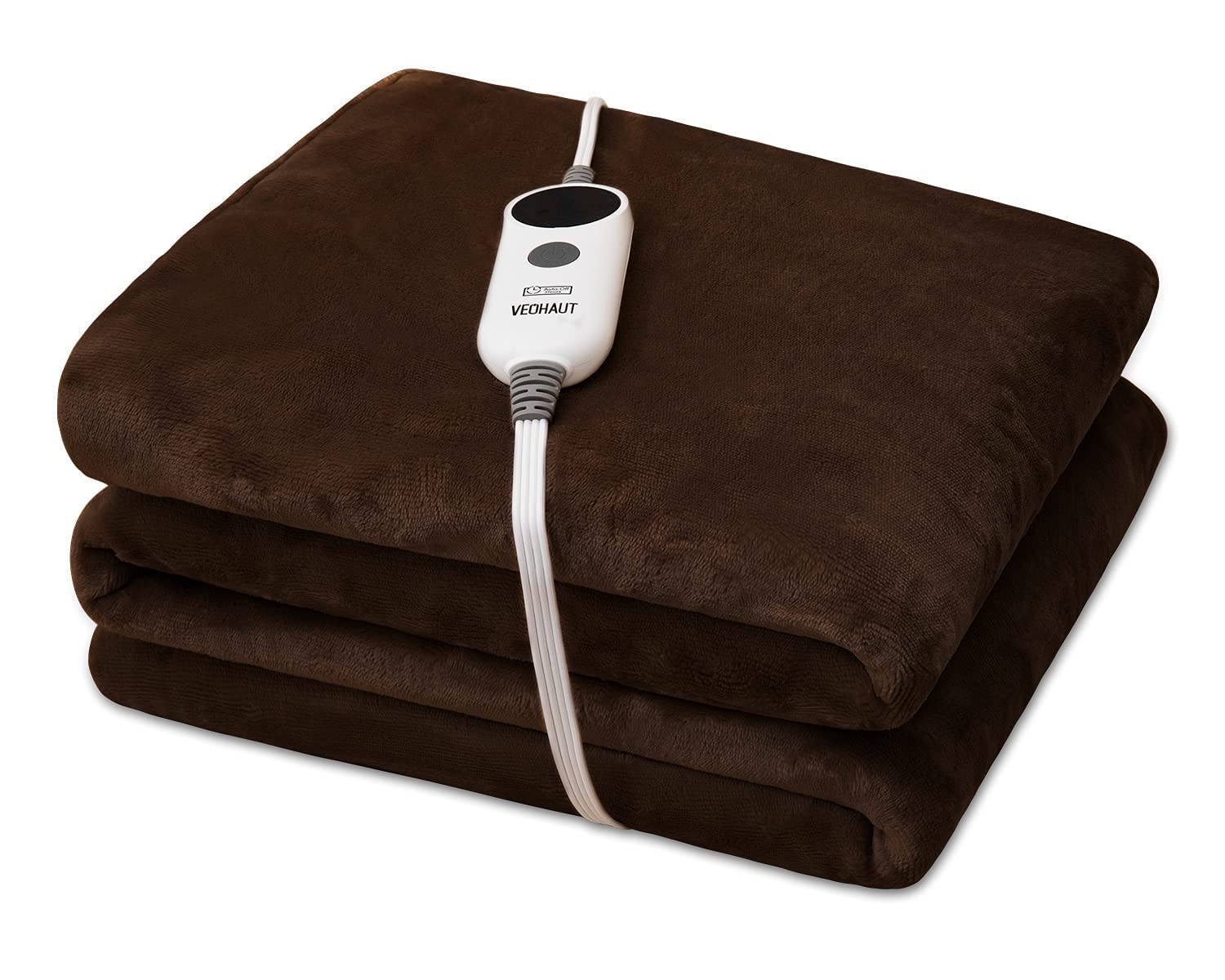

0 thoughts on “Why Is My Ninja Food Processor Not Working”